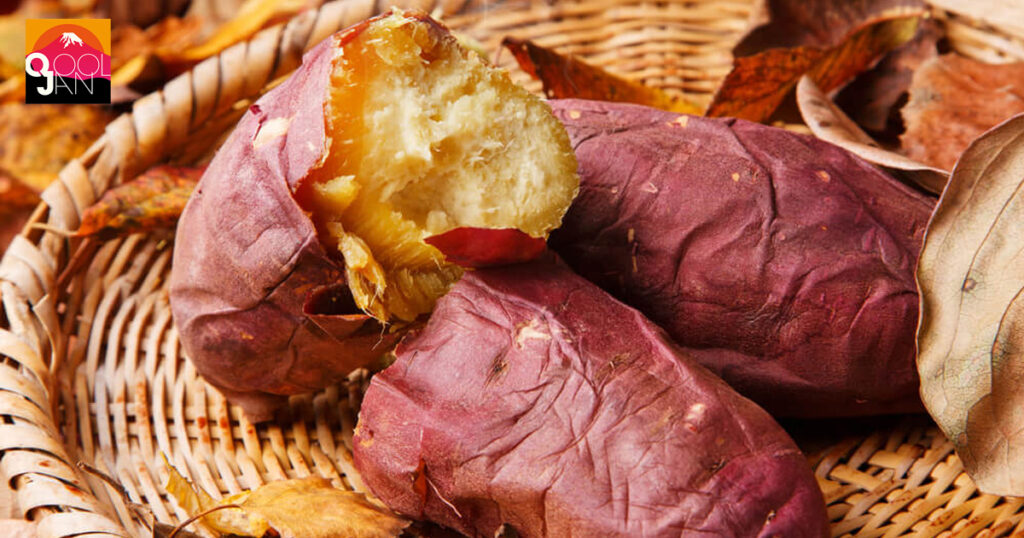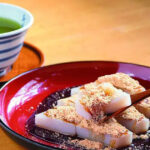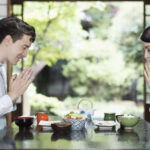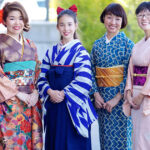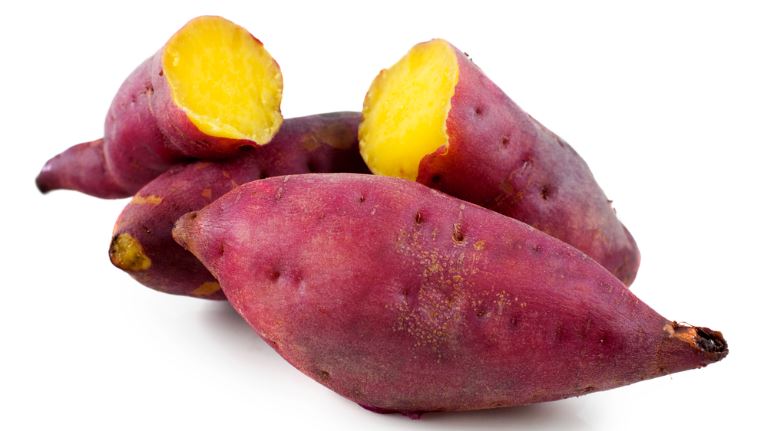
Have you ever tasted a Yaki imo (焼き芋・やきいも) in Japan? It is a baked Japanese sweet potato.
When I think about winter foods in Japan, one that comes to mind is Yaki imo. “Yaki” is a form of the verb “yaku”, which means “to bake”. Imo (芋・いも) usually means potato, but in this case it is a sweet potato.
Local people gathering in winter time
I heard that a “Yaki imo Kai” (やきいも会) would be held at Konnoh Hachimangu Shrine (金王八幡宮) in Shibuya. “Yaki imo” were to be served to visitors, so I didn’t want to miss this opportunity and I went along to the shrine on the day. It was a small gathering of mostly local people.
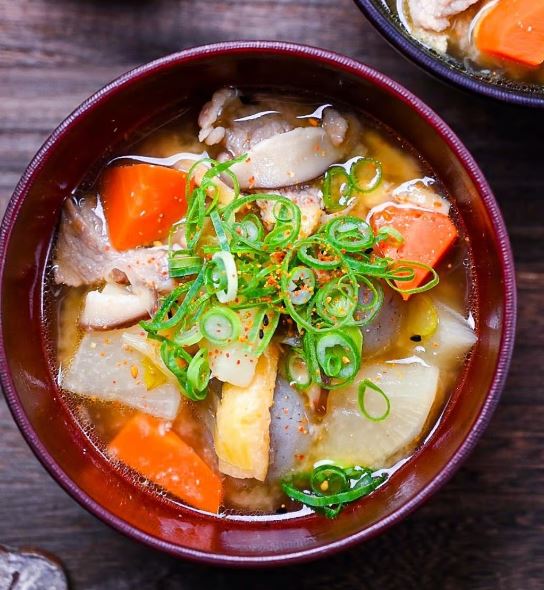
Along with some of the priests, a group of ladies who live near Konnoh Hachimangu Shrine prepared a lot of sweet potatoes and Ton jiru (豚汁・とんじる).
Ton jiru (豚汁・とんじる) is a kind of miso soup with pork and vegetables.
Do you know how to make Yaki imo?
-First, make a small fire with twigs and lots of fallen leaves. The priest told me that he got permission to make a fire in the shrine precincts from the local fire station.
A man sweeps the fallen leaves to maintain the fire as the wind was blowing.
-The sweet potato should be wrapped in wet newspaper and aluminum foil.
-After that, it is put into the fire and left for about an hour and a half.
Some nursery school children, university students, mothers and young children as well as businessmen came to see the sweet potatoes being cooked. Everyone was looking forward to eating the potatoes and the Ton jiru when they were ready.
While we were waiting, the nursery school children had a go at making a fire with primitive tools. The tools seemed very simple and easy to use, but when some of the adults tried it we found that it was actually quite difficult and took a long time to make a small fire.
Too much smoke! I could hardly see!
The people in charge tended the fire, and everyone chatted while waiting for the potatoes to be done.
People waiting for the Yaki imo.
The finished Yaki imo!!
When we opened the aluminum foil and took a small bite of Yaki imo, we smiled because it was sweet and tasty. We enjoyed the Ton jiru that was provided as well.
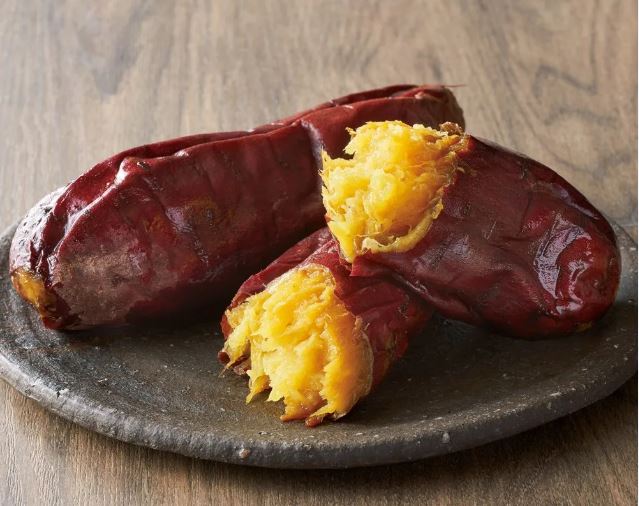
It was a cold day, but sunny. The people enjoyed bathing in the winter sun and tasting both the Yaki imo and Ton jiru. They made us warm!
You have a chance to taste Yaki imo
If you are lucky, you might come across a car or a bicycle trailer selling baked Japanese sweet potatoes on the street.
They usually move along slowly and play a characteristic melody.
Annual winter events
The Yaki imo Kai is held once a year, however, there are a few other events at Konnoh Hachimangu Shrine in Shibuya.
-From December 15 to January 14
Chinowa (to purify yourself and purge noxious vapors)
-December 23
Tenchosai (to celebrate the Emperor’s Birthday)
-December 31, 4 PM
Ooharae (semiannual purification ceremony)
January 1
-First visit of the year, the New Year Prayer
January 1, 6 PM
-The New Year ritual (a traditional prayer by the Imperial household and shrines wishing for a prosperous new year)
1st & 15th days of each month at 9 AM
-Monthly rituals. Open to the public. Please report at 8:50 AM to attend.
More information
There is a small treasure house for display valuable and historical items. Entrance is free!
One of the 7 oldest Mikoshi (神輿・みこし) is displayed there. It is said that this one is the oldest in Tokyo. It was created in the late Kamakura period. Mikoshi is a portable shrine used to bring the gods outside.
Konnoh Hachimangu Shrine is near Shibuya Station, so if you visit Shibuya, you don’t need to walk far in order to visit.
I’m sure you’ll get a sense of Japanese tradition and culture.

